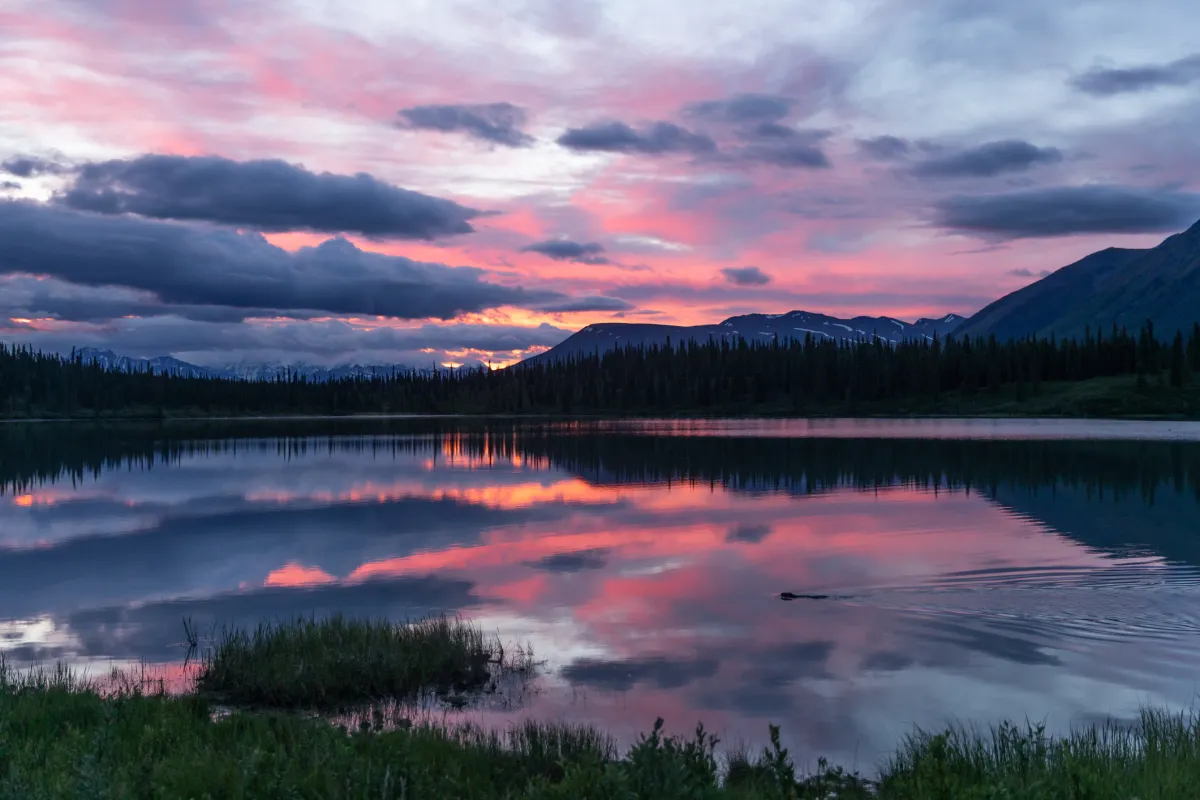
Alaska is known as the Land of the Midnight Sun, a nickname that refers to the state's long summer days when the sun barely sets. During the peak of summer, the northernmost city of Barrow (now known as Utqiaġvik) experiences 24-hour daylight for 82 days straight. However, this phenomenon also means that Alaska endures shorter days and longer nights during the winter months.
This infamous darkness has given rise to the belief that all of Alaska is dark for over half the year. While it is true that winter is indeed dark, it is far from the dramatic perception many have of the state – and where you go will largely impact how much daylight you will have.
Only a portion of Alaska will experience the polar night, a phenomenon where the sun does not rise above the horizon for weeks, and much of the state has at least a few hours of daylight even in the heart of winter. For travelers considering a trip to the Last Frontier, daylight hours are an important consideration for your adventure. For example, while Fairbanks will have daylight in winter, it is limited to only a few short hours. This may be excellent for aurora viewing, but less than ideal if you plan on extensive sightseeing.
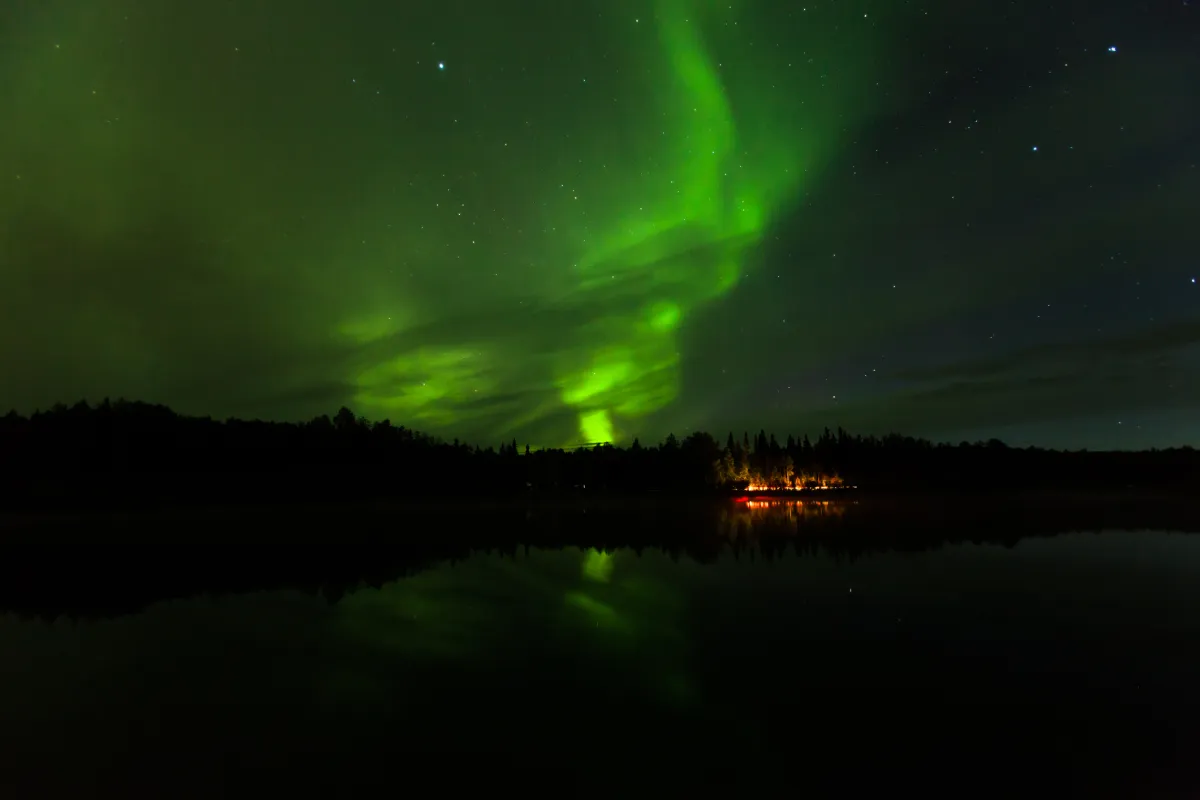
In this guide, we’ll break down how sunlight hours vary across Alaska throughout the season, breaking the 6 months of darkness myth, and provide you with essential information for planning your visit.
How Daylight Hours Vary in Each of Alaska's Regions

The daylight hours in Alaska vary depending on the region and its latitude. Here's a breakdown of what you can expect in different areas of the state during winter, when the daylight is the most limited:

Northern Alaska/North Slope (Utqiaġvik): Utqiaġvik is the darkest place in Alaska, experiencing the longest polar night when the sun doesn't rise for around 65 days from late November to late January. However, this period is not characterized by complete darkness.
Instead, the region experiences a twilight-like period with a few hours of civil twilight during the day, when the sun is just below the horizon. During summer, Utqiaġvik enjoys 24-hour daylight for 82 days straight, a stark contrast to the winter.

Interior Alaska (Fairbanks): Fairbanks, located in the heart of Alaska, experiences around 3.5 hours of daylight during the winter solstice (around December 21st). As the winter progresses, daylight hours gradually increase.
By the end of February, Fairbanks enjoys around 10 hours of daylight. In contrast, during the summer solstice (June 21st), Fairbanks experiences over 21 hours of daylight, with twilight lasting throughout the night.
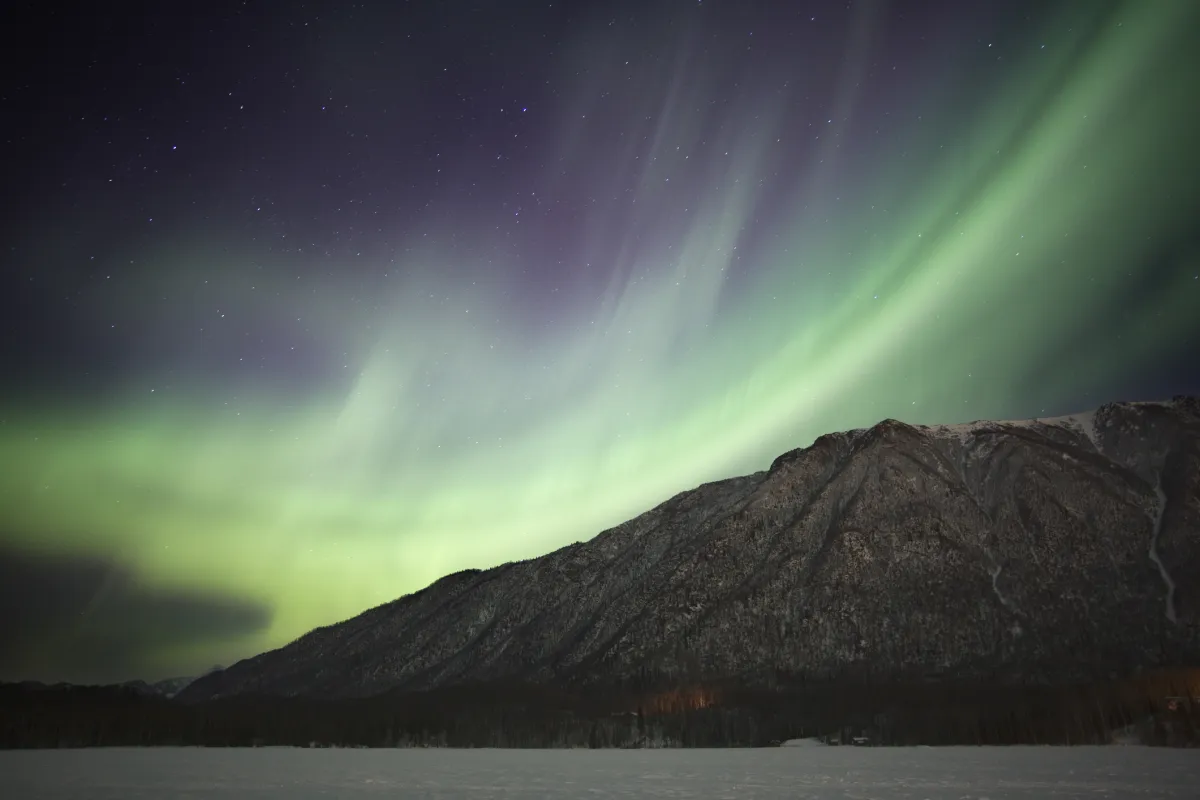
Southcentral Alaska (Anchorage): Anchorage’s daylight hours are more generous during the winter months than its northern neighbors. The city and surrounding region experiences approximately 5.5 hours of daylight during the winter solstice.
By the end of February, daylight hours have increased to about 10 hours. During the summer solstice, Anchorage enjoys around 19.5 hours of daylight.

Southeast Alaska (Juneau): Juneau, Alaska's capital, has much milder winters and drastic seasonal daylight changes compared to the rest of the state. During the winter solstice, the city has roughly 6.5 hours of daylight.
By late February, daylight hours had increased to approximately 10.5 hours, with up to 18 hours of daylight during the summer solstice.
How Daylight Affects Your Travel Planning
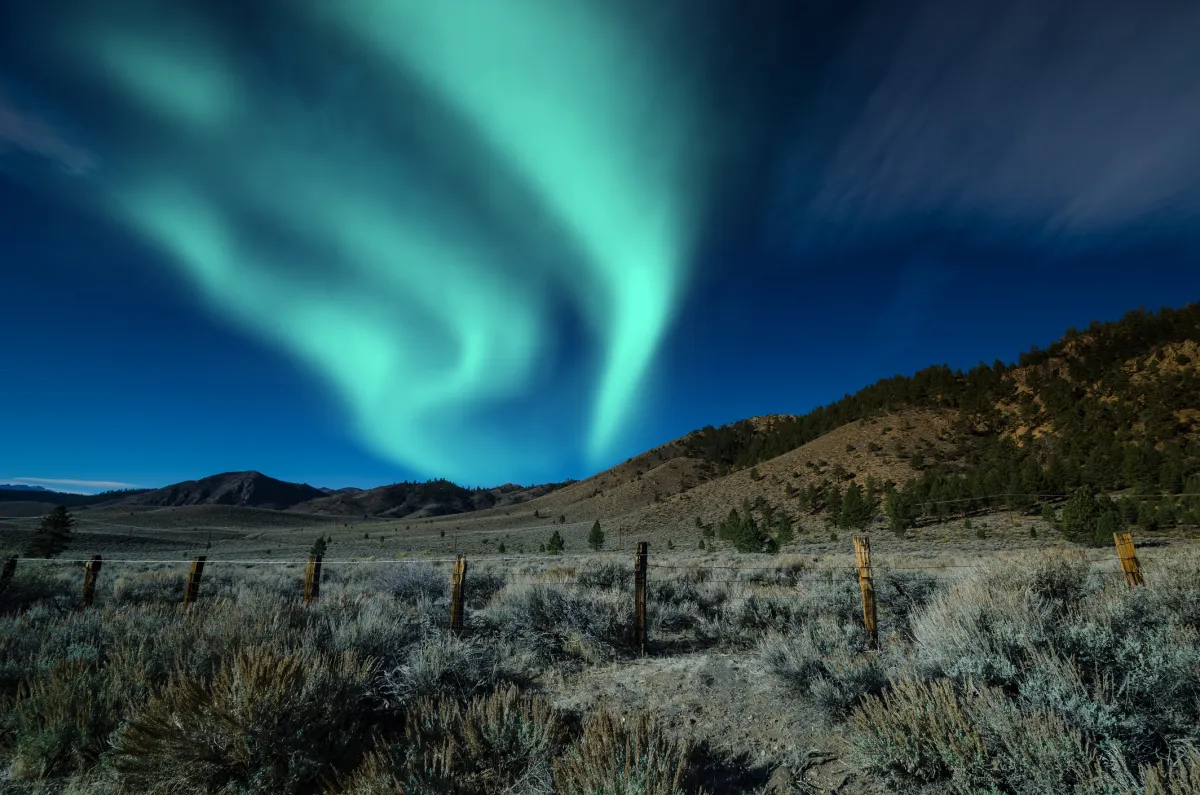
While the shorter daylight hours in Alaska can influence your travel planning, they also present unique opportunities for unforgettable experiences. Winter months are perfect for viewing the Northern Lights, dog sledding, snowmobiling, and skiing.
Furthermore, popular attractions are less crowded during this time, allowing you to enjoy Alaska's pristine wilderness and charming towns without the usual tourist hustle.
Here are some tips to help you make the most of your Alaskan adventure if you do visit over the winter:
- Dress appropriately: Layers are crucial for staying warm in Alaska's varying winter temperatures. Invest in high-quality, waterproof, and insulated clothing, as well as warm footwear.
- Plan your itinerary wisely: Due to shorter daylight hours, prioritize your outdoor activities during daylight and reserve evenings for indoor events, dining, or relaxing.
- Be flexible with your schedule: Weather in Alaska can be unpredictable, especially during the winter months. Be prepared to adjust your plans if necessary and have backup options for activities.
- Stay informed: Keep an eye on weather forecasts and road conditions, and follow the advice of local authorities to ensure your safety while traveling.
- Embrace the winter experience: Don't let the shorter daylight hours discourage you. Embrace the unique opportunities that Alaska's winter offers and stay creative with how you choose to spend your time while you are visiting.
Embracing the Land of the Midnight Sun
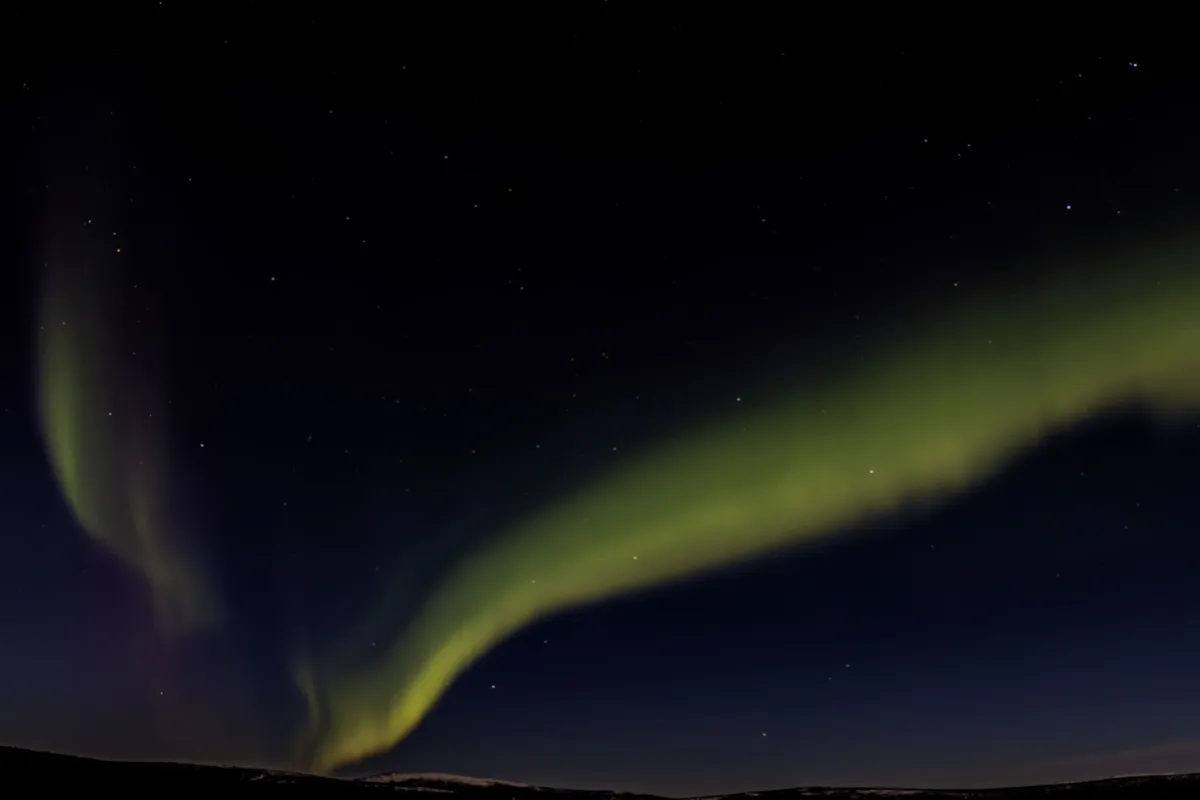
Understanding the daylight patterns can help you plan your Alaskan adventure, whether you're seeking the thrill of winter sports, the beauty of the Northern Lights, or the tranquility of exploring Alaska's breathtaking landscapes without the summer crowds.
With careful planning and an open mind, you can embark on an enchanting journey through the Last Frontier that you'll never forget, regardless of the season. So, pack your bags and venture into Alaska's captivating wonderland, ready to experience the unique beauty of this dramatic world!

